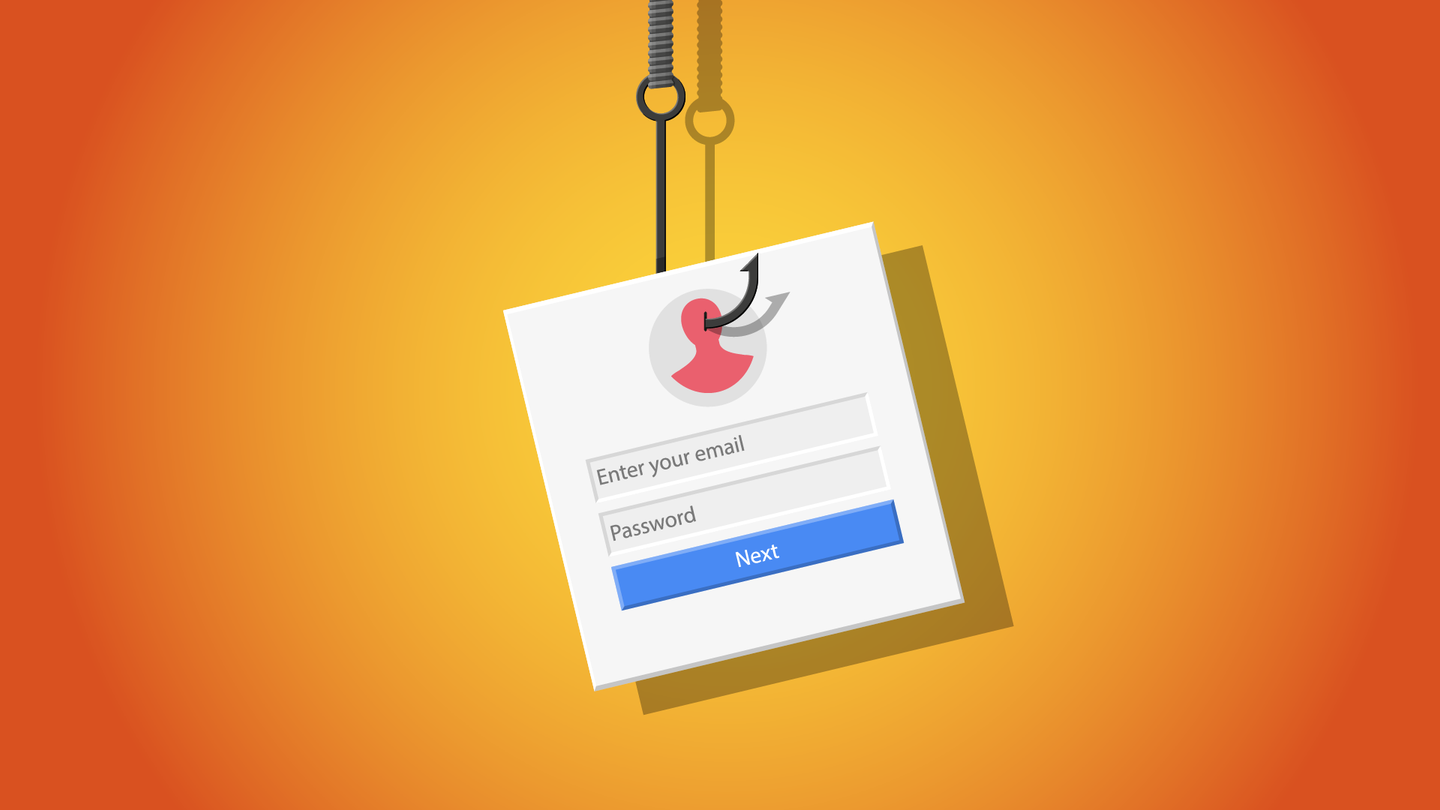Hello!
 Phishing websites are created with the sole purpose of stealing your personal information. They look very similar to legitimate websites, but there are a few telltale signs that can help you spot them before it’s too late. This article will discuss phishing websites, how they work, and most importantly, how you can take them down!
Phishing websites are created with the sole purpose of stealing your personal information. They look very similar to legitimate websites, but there are a few telltale signs that can help you spot them before it’s too late. This article will discuss phishing websites, how they work, and most importantly, how you can take them down!
Phishing websites are fraudulent websites that pose as legitimate websites to steal personal information. They may do this by installing malware on the victim’s computer or tricking the victim into entering personal information into a fake form.
Cybercriminals often create phishing websites, making them very difficult to distinguish from legitimate websites. For this reason, it is vital to be aware of the risks of phishing and to take steps to protect yourself. You can do a few things to avoid falling victim to a phishing attack.
First, be wary of any email or website that asks for personal information. If you are unsure if a website is legitimate, contact the company directly to verify its authenticity. Additionally, make sure that your computer has up-to-date anti-virus software installed. This will help protect you from malware that could be used to steal your personal information.
Taking these precautions can help keep your personal information safe from phishing attacks.
How Do Phishing Websites Work?
 Cybercriminals typically create phishing websites. They use various methods to make their websites look legitimate. For example, they may copy the design of a popular website or create a fake login page that looks like the login page of a well-known website.
Cybercriminals typically create phishing websites. They use various methods to make their websites look legitimate. For example, they may copy the design of a popular website or create a fake login page that looks like the login page of a well-known website.
Cybercriminals may also send phishing emails that contain links to their fraudulent websites. When victims click on these links, they are taken to the phishing website, where they may be prompted to enter personal information. Cybercriminals then use this information for identity theft or other malicious purposes.
How Can You Take Down Phishing Websites?
 If you believe that you have found a phishing website, there are a few things you can do to take it down.
If you believe that you have found a phishing website, there are a few things you can do to take it down.
- Report the Website to the Company That it is Imitating: If you believe that a phishing website is imitating a legitimate website, you can report it to the company that owns the legitimate website. This will help get the phishing website taken down and will also help protect other people from falling victim to the scam.
- Report the Website to the Authorities: You can also report the phishing website to the authorities. This is important because it can help track down the cybercriminals who created the website and stop them from scamming other people.
- Report the Website to Your Anti-Virus Software Provider: If you have anti-virus software installed on your computer, you can report the phishing website to your anti-virus software provider. This will help protect others using the same anti-virus software from being scammed.
Taking these steps can help remove phishing websites and protect yourself and others from becoming victims of these scams.
The Consequences of Not Taking Action Against Phishing Websites
 You may risk stealing your personal information if you do not act against phishing websites. This can lead to:
You may risk stealing your personal information if you do not act against phishing websites. This can lead to:
- Identity Theft: Phishing websites can be used to steal your personal information. This information can then be used to apply for credit cards in your name, open bank accounts, and make purchases. This can lead to financial loss and ruined credit history.
- Financial Loss: If you fall victim to a phishing scam, you may lose money. For example, you may be tricked into making a payment to cybercriminals, have money withdrawn from your bank account, or have your credit card details stolen and used to make fraudulent charges.
- A Ruined Credit History: If your personal information is stolen, cybercriminals may use it to apply for credit in your name. If they do not make the payments on these accounts, it will reflect negatively on your credit history. This can make it difficult for you to get loans, rent an apartment, or even get a job.
Additionally, if you do not act against phishing websites, you may be helping the cyber criminals who created them to scam other people. By taking action against phishing websites, you can help protect yourself and others from these scams.
What Can You Do To Protect Yourself From Phishing Websites?
 There are a few things you can do to protect yourself from phishing websites:
There are a few things you can do to protect yourself from phishing websites:
- Install Anti-Virus Software: Anti-virus software can help protect your computer from the malware that could be used to steal your personal information.
- Keep Your Personal Information Private: Be careful about online giving out your personal information. Only give your personal information to websites you trust, and always look for the HTTPS:// in the address bar before entering any sensitive information.
- Beware of Suspicious Emails: Be careful of emails that claim to be from a company or website that you use but are not addressed to you by name. These emails may contain links to phishing websites. Do not click on these links!
By following these tips, you can help protect yourself from phishing websites.
What to Do If You Fall for a Phishing Scam?
 If you have already fallen for a phishing scam, there are a few things you can do to minimize the damage:
If you have already fallen for a phishing scam, there are a few things you can do to minimize the damage:
- Change Your Passwords: If you have given out your passwords to a phishing website, change your passwords immediately. This will help protect your accounts from cyber criminals’ access.
- Monitor Your Credit Reports: Keep an eye on your credit reports for any suspicious activity. You can get a free copy of your credit report from each of the three major credit bureaus once per year.
- Consider anti-phishing software: A dedicated domain takedown tool can help you detect and report all malicious websites.
- File a Police Report: If you have been the victim of identity theft or financial fraud, file a police report. This will help protect you from future scams and give you some legal recourse if necessary.
Taking these steps can help protect yourself from further damage if you have already fallen for a phishing scam.
Also read:
- Project Manager’s Important Roles and Responsibilities
- QUASA at the Leadership Summit of Blockchain 2018 in Zurich
Conclusion
Cybercriminals create phishing websites in order to steal your personal information. They can be used to commit identity theft, financial fraud, and other crimes. You can protect yourself from phishing websites by installing anti-virus software, keeping your personal information private, and being careful of suspicious emails.
If you have already fallen for a phishing scam, you can take steps to minimize the damage by changing your passwords, monitoring your credit reports, and filing a police report.
Thank you!
Join us on social media!
See you!






